Novità sul progetto
FILTER
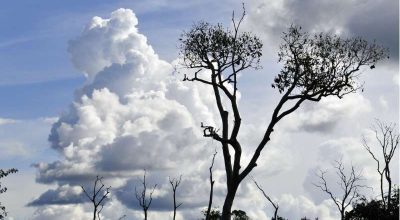

Restoring biodiversity in deforested ranches one tree at a time
For decades, there has been a debate raging in conservation science: what is better when it comes to conservation or landscape rehabilitation: a single large or several small habitat areas? Looking at a deforested area in the Amazon, a multidisciplinary team of researchers showed that small, careful interventions can have an impact. The paper “One Tree at a Time: Restoring Landscape Connectivity through Silvopastoral Systems in Transformed Amazon Landscapes” is published in the journal Diversity. Read the full article here Authors: Karolina Argote Source: phys.org /dIVERSITY Date: December 2022
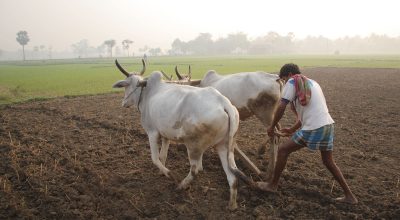

Strategic investments in five countries hold the key to tackling climate challenges in livestock production
To address the climate crisis, a paradigm shift in the global livestock sector is not an option—it is a necessity. But how and where should this transformation occur? In a new paper published today in the journal Nature Sustainability, researchers from the CGIAR’s Livestock and Climate Initiative and Wageningen University found that investments in only a handful of countries—India, China, Brazil, Pakistan, and Sudan—can make a huge global impact. Globally, the authors say, changes to the livestock sector have great potential to both mitigate the climate crisis, and help people adapt. Read the full article here Authors: Camila Bonilla-Cedrez et al Source: phys.org / Nature Sustainability (2023) Date: June 2023


Agroforestry is ‘win win’ forB2B events on agroforestry in olive groves, grazed woodlands scheduled for mid-March in Ammanbees and crops, study shows
The event will take place at the Regency Palace Amman on March 14 and 15, 2023, said a statement from the organisers. With a highlight on the expanding socio-economic significance of agroforestry in olive groves and grazed woodlands in the Mediterranean region, the Second B2B event in Jordan on Multifunctional Olive Systems and the Second B2B event in Jordan on Grazed Woodlands will offer an opportunity for economic stakeholders, decision-makers and research stakeholders to benefit from the achievements of the LIVINGAGRO project in this field, and to exploit top-rated research and innovations that will help them improve and develop their businesses and identify cross-border collaborations. Read the full article here
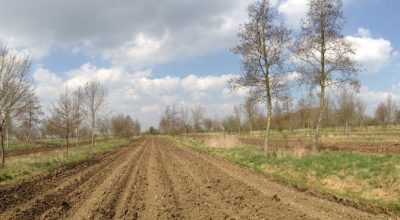

Agroforestry is ‘win win’ for bees and crops, study shows
Planting woody plant species alongside crops could double the number of insect pollinators helping farmers produce food, new research has demonstrated for the first time. The study, led by the University of Reading and published in the journal Agriculture, Ecosystems and Environment, provides the first observed evidence that agroforestry increases wild insect pollinator numbers and increases pollination. Read the full article here Authors: University of Reading Source: phys.org Date: June 2020
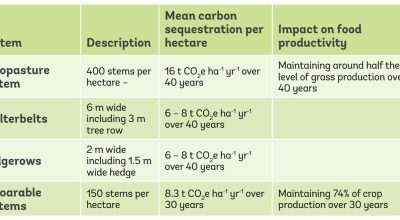

Report examines how agroforestry can deliver for nature and the climate
The Cranfield research explains that agriculture is responsible for 10% of UK territorial greenhouse gas emissions with the net effect of “land use, land use change and forestry” responsible for another 1%. In order to meet net zero targets for 2050, the report says it is essential that farm businesses implement practices to reduce their greenhouse gas emissions, which may typically amount to around two to four tons of carbon dioxide equivalent per hectare per year on arable and grassland farms respectively. In comparison, the average per capita emission of a UK citizen is about eight tons of CO2 equivalent per year. Read the full article here Authors: Cranfield University Source: phys.org Date: November 2022
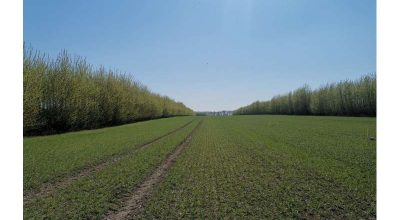

Tree rows in modern agriculture reduce damage to environment
According to a new study by an international, multidisciplinary research team led by the University of Göttingen, this type of land use rapidly leads to significant ecosystem improvements in farmland. The scientists compared different environmental measures in alley-cropping agroforestry, open fields of crops, or grassland. Their study was published in the journal Communications Earth & Environment. Intensive agriculture in Europe concentrates on high yields and profitability. However, it causes environmental problems, such as carbon- and nutrient-poor soil, loss of biodiversity, water pollution and greenhouse gas emissions. This in turn results in high costs for society. Read the full article here Authors: University of Gottingen Source: Phys.org Date: February 2023


Olive oil has become gold’: Middle East demand skyrockets amid European drought
Author: Sean Mathews Source: Middleeasteye Publication date: 27 July 2023 The Middle East has a sizzling new commodity: olive oil. In Tunisia, the price for a kilo of extra virgin is up more than 100 percent from a year ago and demand for bulk olive oil in Turkey is so high that the government just rolled out a tax of $.20 cents for every kilo exported abroad. The market is so tight that even small producers like Lebanon are seeing unprecedented demand for their olive oil. Earlier this month, a Spanish company arrived in the crisis-wracked Mediterranean country and bought up all the local wholesale reserves, prompting worries about shortages for Lebanon’s own branded label exports. Continue reading here
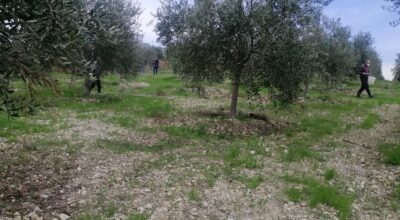

‘During droughts, pivot to agroecology’
As the unabating drought in Kenya persists, pastoralists in the region are struggling as millions of their livestock perish and vast swaths of crops die. About 4.4 million people in the country are food insecure. International food agencies are calling it a dire humanitarian situation and highlight the vital need to build communities’ resilience to adapt and cope with drought. Mongabay speaks with David Leilei, a Kenyan soil biologist at the World Agroforestry Centre, on the agroecological techniques and strategies pastoralists and the government can use to restore healthy soils to promote productive farming. Mary Njenga, a research scientist at the World Agroforestry Centre who works with 1,200 households in northern Kenya, also speaks with Mongabay on climate-resilient strategies. Read the full article here Article by Kang-Chun Cheng. Source: mongabay Date: 28 February 2023
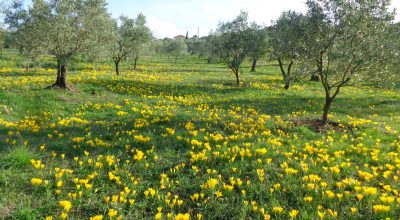

AGROFORESTRY in GREECE
They are widely distributed all over the country and constitute important elements of the rural landscape. They include all three types of systems: silvoarable involving trees and crops grown on arable land, silvopastoral involving trees and pasture/animals grown on forest and arable land and agrosilvopastoral involving trees, crops and grazing animals grown on arable land. Trees may be forest species or cultivated trees grown for fruits, naturally regenerating or planted, evergreen or deciduous; crops may be annual or perennial species; and animals may be sheep, goats, cattle, pigs or chicken. The area covered by these systems is estimated to be more than 3 million hectares or 23% of the whole country. All types of systems deliver a great variety of goods and services and constitute a cultural heritage while the role of trees is crucial in sustaining production and improving the environment in rural areas. Despite their great economic, ecological and cultural importance however traditional agroforestry systems have been degraded over the last few decades due to extensification/intensification processes imposed by socio-economic changes. Read more
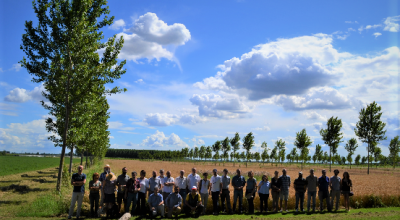

AGROFORESTRY in ITALY
Such practices have been a means to efficiently use local resources in terms of production and environment, but also to shape a high diversity of landscapes. Silvopastoral systems, arable systems, coltura promiscua and the piantata or alberata (practices by which grapevine was cultivated on trees) were all agroforestry systems which could guarantee a balance of phytonutrients’ bio-geo-chemical cycles and a more efficient use of soils. Today, such benefits are considered also along with other ones, such as fire risk reduction, carbon sequestration increase, microclimate moderation, reduction of soil erosion. Even though, after the development of agro food industry, many traditional agroforestry systems have been abandoned, towards the adoption of more intensive agricultural models, they can still be appreciated as they contribute to the identity of many regional landscapes of the country. Read more
